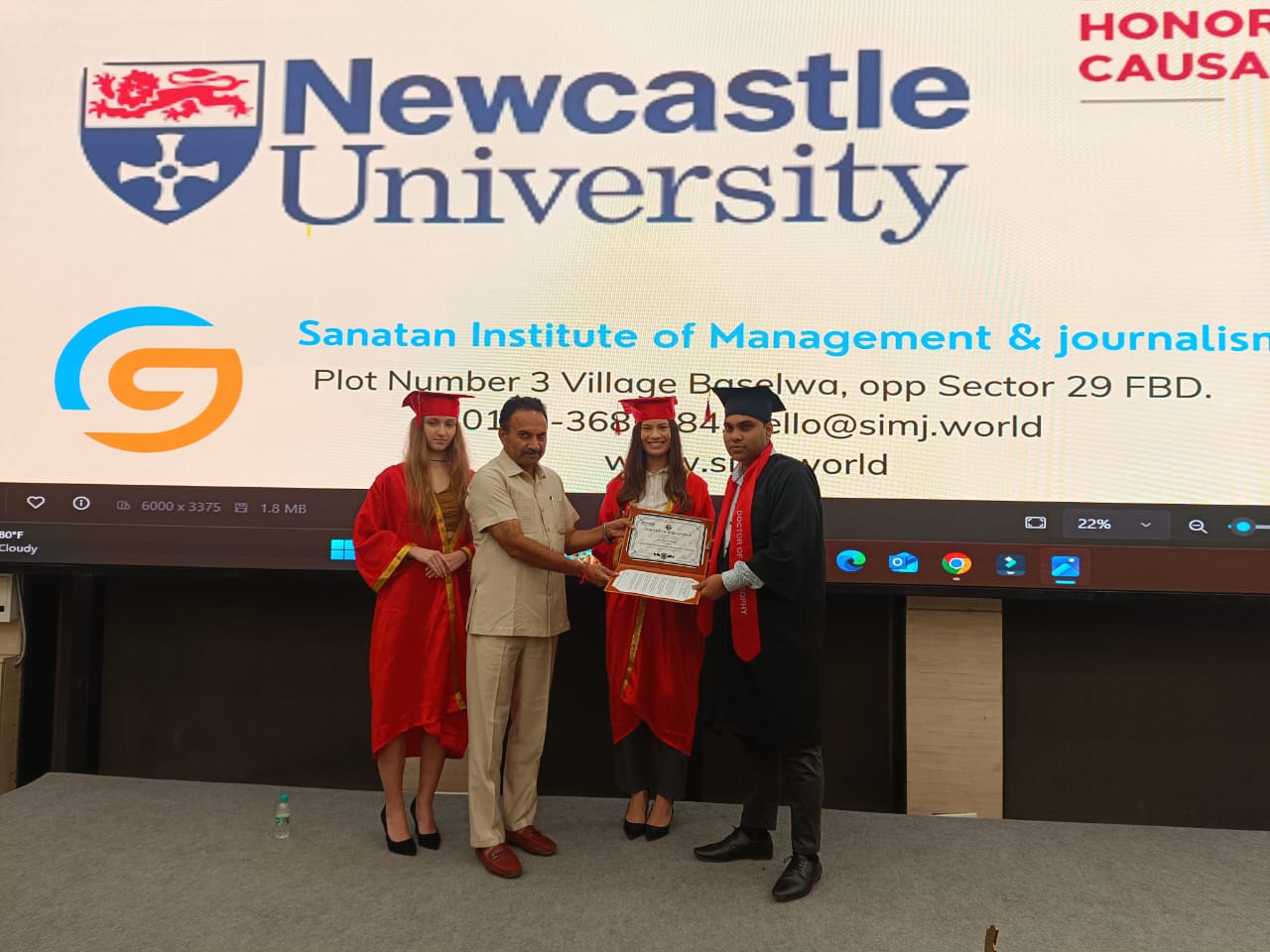- World Wide
- International
- National
- State
- Union Territory
- Capital
- Social
- Political
- Legal
- Finance
- Education
- Medical
- Science & Tech.
- Information & Tech.
- Agriculture
- Industry
- Corporate
- Business
- Career
- Govt. Policy & Programme
- Health
- Sports
- Festival & Astrology
- Crime
- Men
- Women
- Outfit
- Jewellery
- Cosmetics
- Make-Up
- Romance
- Arts & Culture
- Glamour
- Film
- Fashion
- Review
- Satire
- Award
- Recipe
- Food Court
- Wild Life
- Advice

Corruption, Chaos and the Cartel: Goa at a Crossroad
-Deepak kumar
Goa, once known for its idyllic beach haven and India’s most celebrated tourism spot, is increasingly in the news for all the wrong reasons. The state now stands at a grim crossroad, its charm overshadowed by corruption, administrative chaos, and the relentless grip of drug cartels. From judicial scrutiny to shocking to unfortunate and shocking campus tragedies, the message is very clear: the government’s apathy to restore the state’s lost glory is costing Goa its very soul.
The Bombay High Court at Goa has repeatedly voiced concern over the state’s governance. Earlier this year, the court expressed frustration at rampant irregularities in infrastructure contracts and environmental clearances. Whether it is the haphazard handling of mining leases, questionable real-estate approvals along the coast, or the persistent problem of illegal sand mining, the judiciary’s sharp words point to a systemic malaise.
Recently, the Bombay High Court has sharply criticised the Goa government over alleged “shoddy” work in repairing the iconic Kala Academy building, pointing to what appears to be a systemic failure—one that raises serious doubts about Chief Minister Pramod Sawant’s oversight and accountability.
In its recent order, a division bench of Justices Bharati Dangre and Ashish Chavan made it clear that government officials who bypassed proper tendering procedures to hand over the ₹39.6-crore project to Mumbai’s Techton Builders Pvt. Ltd. must face full responsibility. The court flagged that the work was awarded without a tender process, a glaring irregularity for such a high-profile public building. The HC warned that if defects are found under the contract’s defect-liability clause, the government must ensure full repair and renovation per the original work order.
Critics say this delay and lax oversight reflect a broader failure in Sawant’s administration. Opponents argue that awarding large government contracts without proper tendering is symptomatic of weak institutional controls under CM Sawant. Public confidence is shaken, especially as Kala Academy is not just a cultural landmark but a visible symbol of state heritage; its condition is a metaphor for what many perceive as governance negligence.
The hearing of the PIL has been posted for September 29, and the HC has demanded clearer statements from the state on how defects will be addressed. Until then, questions loom large over whether Chief Minister Sawant will be held publicly accountable for this case—and whether this Kala Academy episode is an isolated oversight or indicative of a pattern of governance failure.
Yet another concern is increasing cases of suicides and its link with drug cartel. The death of 20-year-old BITS Pilani student Rishi Nair on September 4, 2025, has brought the cartel crisis into sharp focus. Chief Minister Sawant himself confirmed traces of drugs in the student’s system—a chilling revelation. Nair’s death is not an isolated incident: four other suspicious student deaths have been reported on the same campus since December 2024. While only Nair’s case shows definitive drug involvement, the pattern of fatalities raises urgent questions about the presence of narcotics on and around educational campuses.
The Aam Aadmi Party’s Goa unit has called out the government’s inaction. MLA Cruz Silva reportedly alleged that students openly know where to procure drugs, while AAP president Amit Palekar termed it a “failure of law and order.” Their accusations are hard to dismiss when such tragedies recur in a supposedly high-security academic environment.
Unfortunately, the BITS Pilani case is only the tip of the iceberg. Over the past year, Goa Police have reported multiple drug busts—ranging from rave parties in Anjuna to seizures of cocaine and MDMA worth crores. Yet, for every high-profile raid, countless small-scale peddlers continue their trade with impunity. The pattern suggests that powerful cartels, abetted by political protection and weak policing, are tightening their grip.
Despite these red flags, critics say that the state government has offered little more than routine assurances. The anti-corruption machinery remains toothless, with inquiries delayed and whistleblowers discouraged. The Sawant administration’s tendency to downplay crises until they erupt into national headlines underscores a worrying lack of urgency. Token announcements—whether about drug crackdowns or anti-corruption drives—rarely translate into sustained action.
Goa’s descent into corruption, chaos, and cartel dominance is neither sudden nor irreversible. But it demands political will that transcends rhetoric. The government must empower anti-corruption bodies, overhaul policing around educational institutions and tourist hubs, and ensure that judicial observations are not dismissed as mere formalities. Civil society, too, must hold leaders accountable and demand transparency at every level.

























रिपोर्टर
The Reporter specializes in covering a news beat, produces daily news for Aaple Rajya News
Aishwarya Sinha